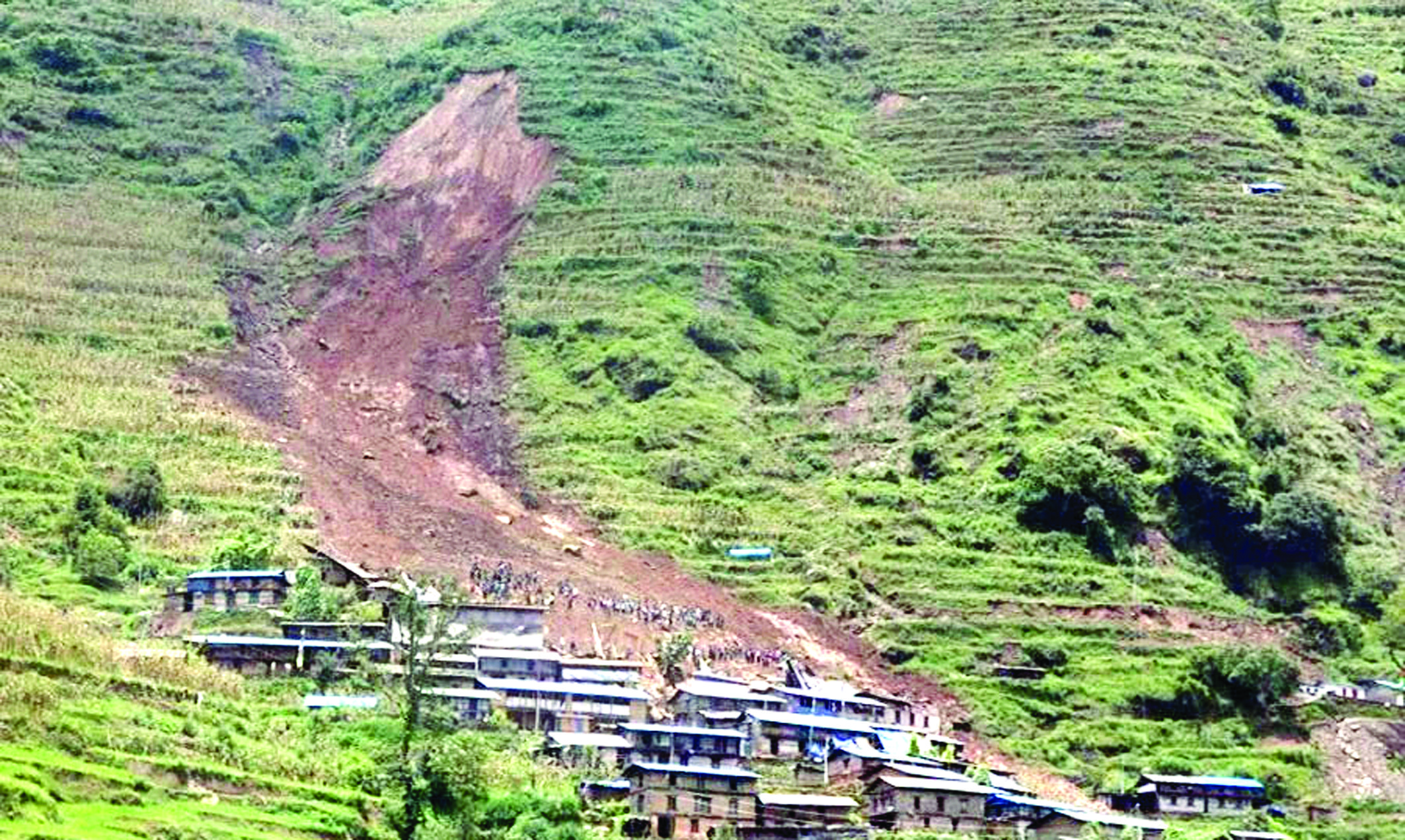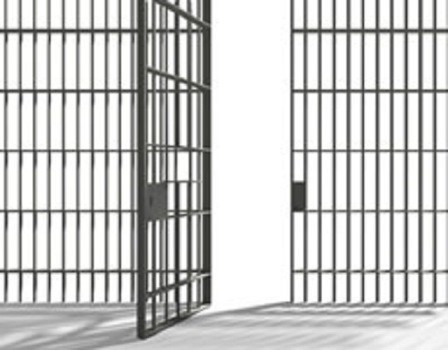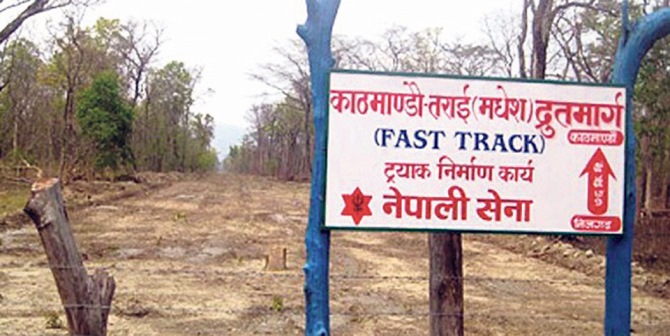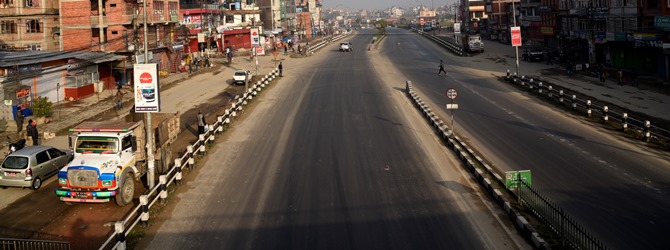11,100 Sindhupalchowk households at risk of landslides: Report

By Purushottam P. Khatri
Kathmandu, Oct. 5: A preliminary survey report prepared on the relocation of risky settlements in Sindhupalchowk district has pointed out that 347 settlements of the district are at high risk of landslides and floods at any time.
The report submitted to Home Minister Ram Bahadur Thapa Badal last Friday in Singha Durbar has pointed out that all 12 local bodies of the district are at risk of landslides and floods. There are 11,109 households in those 347 risky settlements, according to the report.
According to the report, 188 households need to be relocated to safer places immediately. The report has also recommended some of the safer places for the relocation and shifting of the whole risky settlements.
Krishna Gopal Tamang, one of the members of the task force and chief of the District Coordination Committee (DCC), said that a study conducted by the district party committee of the ruling Nepal Communist Party (NCP) in coordination with the DCC found that settlements of 12 local levels were at risk of landslides and floods.
The district had formed a seven-member task force to study and mitigate natural disasters in Sindhupalchowk in June, 2020. The taskforce was led by Madhav Sapkota, central committee member of the ruling NCP.
There are 11,109 families in those high-risk settlements and they should be relocated to safer places, said Tamang while talking to The Rising Nepal on Sunday.
The government had also declared Sindhupalchowk and Baglung as the disaster-prone districts. A Cabinet meeting had already decided to spend around Rs. 6 billion provided by the World Bank for the reconstruction in those districts.
According to the report submitted to Home Minister Thapa last week, 21 settlements in the north-west of Helambu Municipality, 20 in the western region of Melamchi Municipality and 17 in the north of Panchpokhari Thangpal Rural Municipality were at risk.
Similarly, twelve settlements are at risk in Indrawati, 47 in Chautara Sangachok Gadhi, 34 in Jugal and 52 in Balefi.
DCC chief Tamang said seven settlements in Sunkoshi, 18 in Lisankhupakhar, 18 in Tripura Sundari, 36 in Barhabise and 64 in Bhotekoshi are at risk of landslides.
Among them, Lidi of Jugal Rural Municipality-2 and Sano Nampha and Bolde of Jugal 3 are at high risk of landslides, said Tamang. He said that about 160 families had to be relocated to Bolde's old school, Dandagaun, Ghattekhola and Kundimrang. He said that 164 families of Lidi, who lost 39 lives in a landslide on July 12, should be relocated immediately. The landslide victims are now housed in the community forest area.
72 die and 39 go missing
Joint Secretary at the National Disaster Risk Reduction and Management Authority Murari Wosti said that 72 people were killed and 39 went missing in the monsoon-induced disasters this season in Sindhupalchwok. The record was collected as of September 16 from June 13. However, as of preparing the survey report, the task force had mentioned that a total of 56 people were killed and 27 were missing in the district.
The task force has pointed out twelve reasons why Sindhupalchok has become the centre of disaster. It has pointed out lack of necessary coordination between disaster risk reduction and development work in the district and weakened topography due to the earthquake.
Tika Mani Neupane, DCC officer, said, of late the exploitation of rivers and streams in Sindhupalchowk has intensified.
The crusher industry has flourished even in the landslide-hit Jure. It has been concluded that exploitation of natural resources has increased in Indrawati, Sunkoshi, Balefi and other rivers.
The task force is of the view that the practice of digging rural and agricultural roads without meeting the criteria has also caused the landslides. The report stated that even after the earthquake, people had not been able to settle down and houses had not been built due to lack of land use plan and building code.
The survey report had identified some of the safe places for relocation of the risky settlements in Banskharka, Thulo Nampha, Maje, Pholdordanda, Gumbadanda, Khadaltar, Okhrenichaur, Tallo Amale, and Bahunkharka, according to Neupane.
Recent News

Do not make expressions casting dout on election: EC
14 Apr, 2022
CM Bhatta says may New Year 2079 BS inspire positive thinking
14 Apr, 2022
Three new cases, 44 recoveries in 24 hours
14 Apr, 2022
689 climbers of 84 teams so far acquire permits for climbing various peaks this spring season
14 Apr, 2022
How the rising cost of living crisis is impacting Nepal
14 Apr, 2022
US military confirms an interstellar meteor collided with Earth
14 Apr, 2022
Valneva Covid vaccine approved for use in UK
14 Apr, 2022
Chair Prachanda highlights need of unity among Maoist, Communist forces
14 Apr, 2022
Ranbir Kapoor and Alia Bhatt: Bollywood toasts star couple on wedding
14 Apr, 2022
President Bhandari confers decorations (Photo Feature)
14 Apr, 2022





.jpg)




